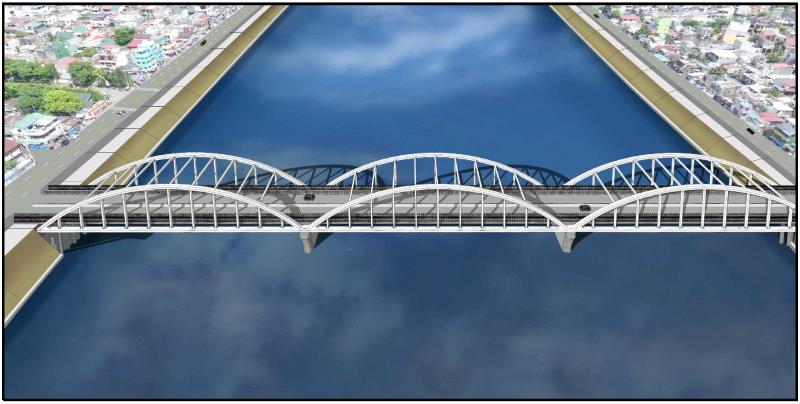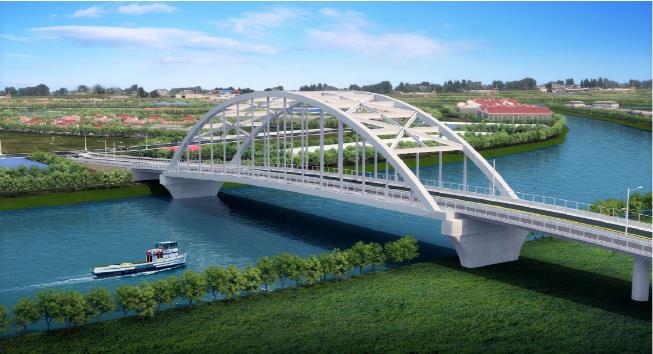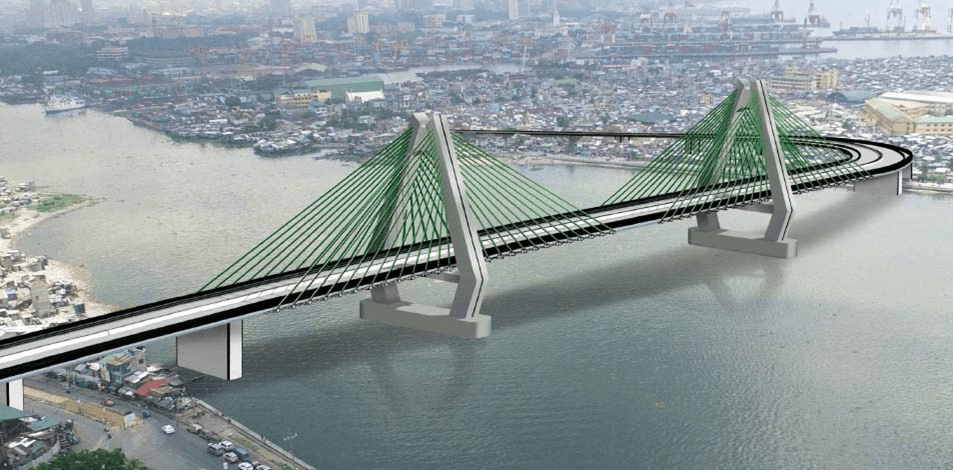The Chinese Embassy in the Philippines announced on December 21 that recently, the three bridge project in Manila, which is to be financed by the Chinese government and with a total investment of about $240 million, has completed all the business procedures, and the two Chinese companies have signed commercial contracts with the Philippine Ministry of Public Construction.
The three bridge projects in Manila, together with the Binodo-Intramuros Bridge and Estejera-Pantalion Bridge, which are part of the 12 priority bridge projects planned by the Government of the Philippines in Manila’s Pasig River, Malikina River and Mangahan Floodway Basin, and are also the Metro Manila Regional Road.
The key projects of network planning are of great significance for improving traffic congestion and improving the travel efficiency of people in Metro Manila.

The three bridge projects include the North-South Port Bridge, the East-West Bank Bridge (2) and the Palanca-Vegas Bridge. Among them, the North-South Port Bridge is located at the mouth of the Passig River in Manila.
It is initially designed as a two-way four-lane bridge, with a total length of about 799 meters and a length of about 300 meters. The total construction period is about 40 months. After completion, it can divert an average of 5,800 traffic along the route.
The east-west bank bridge (2) is located at the junction of Passig and Cainta. Located in the Mangahan spillway basin, it is initially designed as a two-way four-lane, with a total length of about 933 meters and a length of about 258 meters. The total construction period is 36 months. After completion, it can divert an average of 18,000 vehicles per day along the route.
The Palanca-Vegas Bridge is located in the Pasig River Basin of Manila City, and is initially designed as a two-way two-lane road. The total length is about 225 meters, the main bridge is about 100 meters long, and the total construction period is about 26 months. After completion, it can divert an average of 2,900 vehicles per day along the route.

At present, China and the Philippines are negotiating on the project loan agreement, and it is expected that the project will start in the first half of 2021.



